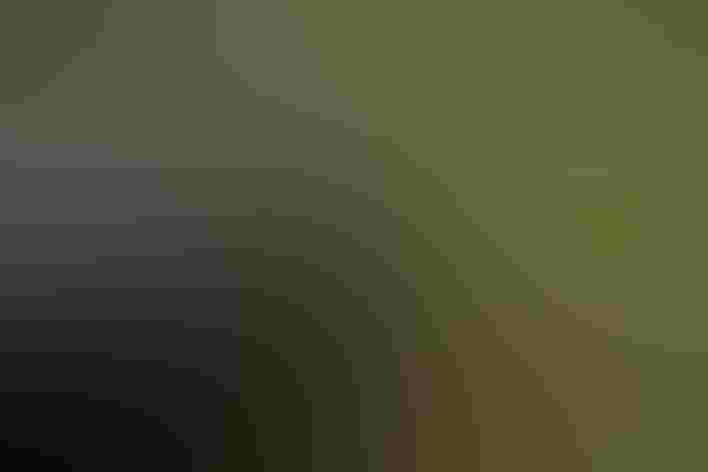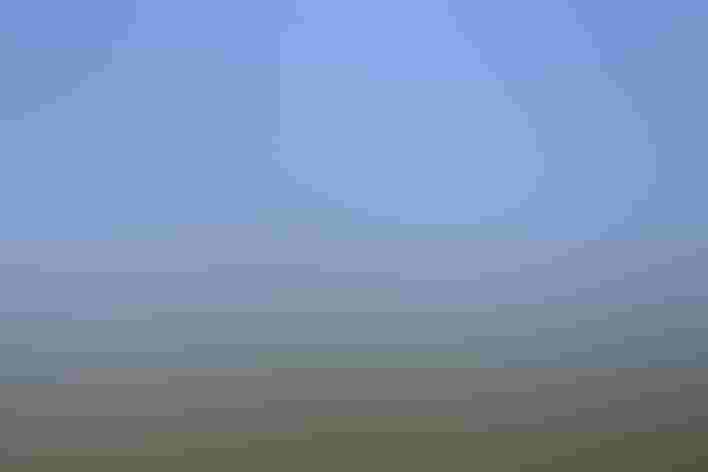Black Vulture
At a Glance
Abundant in the southeast, scarce in the southwest is this broad-winged scavenger. In low flight, it proceeds with several quick flaps followed by a flat-winged glide; when rising thermals provide good lift, it soars very high above the ground. Usually seen in flocks. Shorter wings and tail make it appear smaller than Turkey Vulture, but looks are deceptive: body size is about the same, and aggressive Black Vultures often drive Turkey Vultures away from food.
All bird guide text and rangemaps adapted from by Kenn Kaufman© 1996, used by permission of Houghton Mifflin Harcourt Publishing Company. All rights reserved.
Category
Hawk-like Birds, New World Vultures
IUCN Status
Least Concern
Habitat
Desert and Arid Habitats, Fields, Meadows, and Grasslands, Forests and Woodlands, Landfills and Dumps, Shrublands, Savannas, and Thickets
Region
Eastern Canada, Florida, Great Lakes, Mid Atlantic, New England, Plains, Southeast, Southwest, Texas
Behavior
Flap/Glide, Soaring
Population
190.000.000
Range & Identification
Migration & Range Maps
Some withdraw in winter from northern part of range (although increasing numbers now spend the winter in the north, usually with roosts of Turkey Vultures). Strays may wander north of breeding range at any season, especially late summer.
Description
22-24" (56-61 cm). W. 4'6 (1.4 m). Very different shape from Turkey Vulture: stocky, short-tailed, with bigger head, broad wings. Soars with wings held flat, and its glides are often punctuated by several quick flaps. Whitish patch near wingtips shows up in flight. Head always dark gray. Young Turkey Vulture is also dark-headed, but when perched, note Turkey Vulture's browner tinge, different head/bill shape.
Size
About the size of a Heron, About the size of a Mallard or Herring Gull
Color
Black
Wing Shape
Broad, Fingered
Tail Shape
Rounded, Short, Square-tipped
Songs and Calls
Hisses or grunts; seldom heard.
Call Pattern
Flat
Call Type
Odd
Habitat
Open country; avoids higher mountains. Mostly found in flat lowlands, such as coastal plain. Forages over open country, but typically roosts and nests in forest, so is scarce in open plains. In Latin America, often common around cities and towns. Less likely than Turkey Vulture to fly over open water, so absent on many islands (such as Florida Keys).
Sign up for ÃÛèÖAPP's newsletter to learn more about birds like the Black Vulture
Behavior
Eggs
2, rarely 1 or 3. Pale gray-green, blotched with brown. Usually one egg of clutch more heavily marked than the other. Incubation is by both sexes, typically 37-41 days.
Young
Both parents feed young, by regurgitation. Young remain in nest about 60 days, then may move to higher areas nearby; capable of flight at about 75-80 days. May be partly dependent on parents for several more months.
Feeding Behavior
Often flies very high when foraging, watching for carrion or watching behavior of other vultures to locate food. May forage in family groups.
Diet
Mostly carrion. Feeds on carcasses of dead animals of all sizes. At times also eats eggs of other birds, turtles, lizards. May kill and eat young of some birds, sea turtles; sometimes eats newborn young of larger mammals. Also eats some plant material, such as coconuts and rotting vegetables. Will scavenge scraps of refuse from garbage dumps.
Nesting
In courtship display, birds may spiral high in air. On ground, male may walk in circles around female, with neck extended, making hissing sounds. Nest site is on ground in thicket, inside hollow log, in large tree cavity up to several feet above ground, or in cave; sometimes in abandoned building. Formerly used hollow tree sites more often (when more were available in southeast). No nest built.
Conservation
Conservation Status
Has expanded range northward in the northeast, but has declined in parts of southeast. Loss of good nest sites (in large tree hollows) may be one cause.
Climate Threats Facing the Black Vulture
Choose a temperature scenario below to see which threats will affect this species as warming increases. The same ÃÛèÖAPP change-driven threats that put birds at risk will affect other wildlife and people, too.












